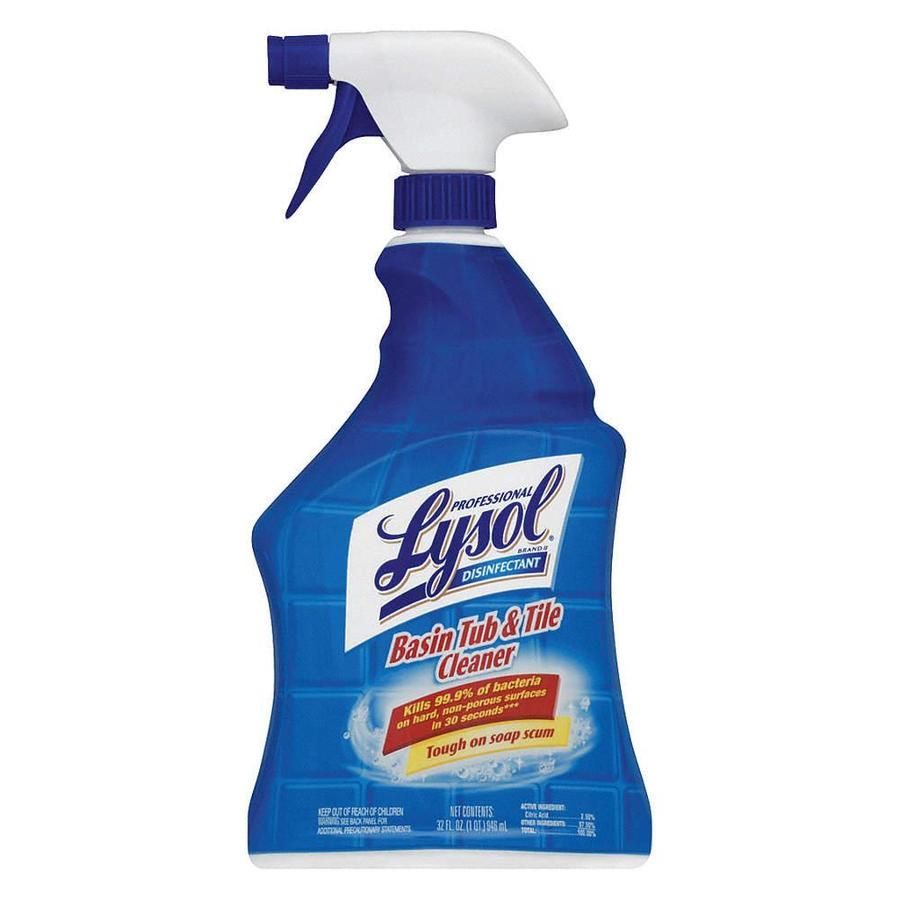Household Cleaning Acid

Getting rid of hard water stains from your toilet bowl Your toilet bowl is another area where youll notice a gradual build-up of water stains.
Household cleaning acid. Hydrochloric acid is used in pickling operations to remove rust and other impurities from carbon alloy and stainless steel to prepare the steel for final applications in building and construction projects and in products such as car bodies and household appliances. Chlorine bleach is a base and is especially good at removing stains and dyes from clothes. People use it at home for cooking and it is ideal as a cleaning agent because of its acidic nature.
The main problem with this as an ingredient in household cleaners is that it is easily absorbed into your system through the skin. Its also great for cleaning soap scum hard water stains calcium deposits lime and rust. Oxalic acid is part of the recipe for commercial rust removers so a weak solution including it will remove rust stains from tubs and sinks.
It can remove mold and mildew on surfaces like tiles and glasses. Sulfuric and phosphoric acid are found in some of these cleaners making the liquid and the fumes dangerous. Vinegar is a great general-use product that has gained popularity as a household cleaner.
Its also effective at dissolving hard water deposits and removing dried cement and mortar residue from concrete and masonry. It contains acetic acid. Some toilet cleaners can have a pH that is very close to 0.
Acidic cleaners may also help remove rust stains or discoloration from copper and other metals. Because of its acidic level caution and ventilation will be needed. Found in degreasers heavy-duty all-purpose cleaners and window cleaners.
Drain cleaners are the most common product in which sulfuric acid will be found in the average household. Identifying Household Products With Sulfuric Acid. With an average acidity of 30 it can be used for all sorts of cleaning needs including mold and mildew stains mineral deposits antiseptic uses and even grease buildup.



















